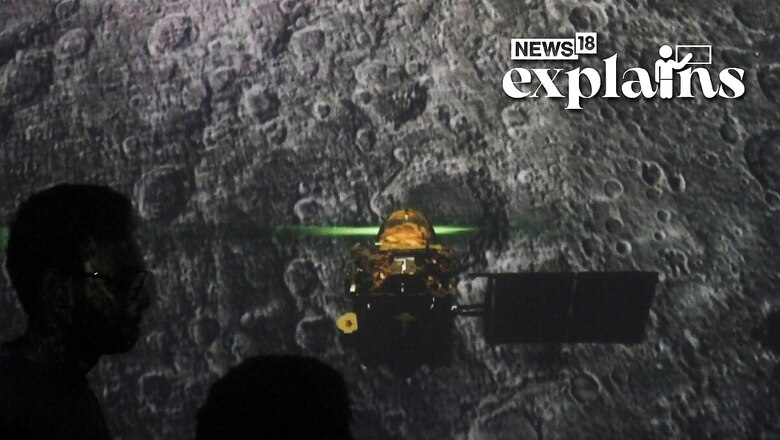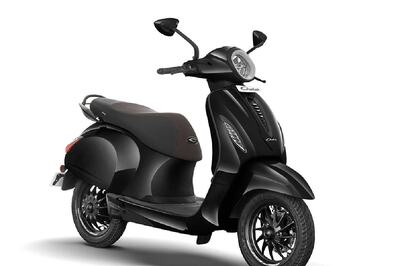
views
The Indian Space Research Organisation (ISRO) is all set to launch the highly anticipated Chandrayaan-3 mission, a follow-up to the Chandrayaan-2 mission that faced challenges during its soft landing attempt in 2019. The new mission aims to demonstrate India’s capability to safely land and explore the lunar surface. With an improved design and assembly, Chandrayaan-3 is scheduled to launch on July 14, 2023, at 2:35 PM, from the Satish Dhawan Space Centre in Sriharikota.
Mission Beginnings
Chandrayaan-3’s development phase commenced in January 2020, with scientists and engineers working on the spacecraft’s design and assembly. Learning from the previous mission’s setbacks, ISRO has made enhancements, including stronger impact legs for the lander. The COVID-19 pandemic caused delays in the development and assembly, extending the timeline beyond the initially planned early 2021 launch.
Timeline
Chandrayaan-3 will be launched aboard the Launch Vehicle Mark 3 (LVM 3) rocket. Unlike its predecessor, the orbiter will not be included in this mission. The spacecraft is expected to reach the moon’s South Pole and operate for one lunar day, approximately 14 earth days.
The trajectory will follow a similar path as Chandrayaan-2, with the propulsion module orbiting the Earth several times before heading towards the moon. Once within the moon’s gravitational pull, the module will adjust its orbit to a circular path of about 100 x 100 km. Subsequently, the lander will separate and descend to the lunar surface.
Mission End and Scientific Objectives
The journey from Earth to the moon is estimated to take around a month. The landing is currently scheduled for August 23-24, with potential adjustments depending on the sunrise over the moon. If necessary, ISRO will reschedule the landing for September. Described as “15 minutes of terror” by former ISRO chairperson K. Sivan, the descent poses a critical phase for the mission’s success.
Upon landing, the lander named ‘Vikram’ will deploy its four scientific payloads to study the moon’s surface temperature and subterranean characteristics. Additionally, the lander carries an instrument called ‘Spectro-polarimetry of HAbitable Planet Earth’ (SHAPE), designed to collect data on light emission and reflection from Earth. The rover, ‘Pragyan,’ will explore the lunar surface using chemical tests as it moves across the terrain.
WHY EXPLORE THE MOON?
The Moon offers a multitude of answers and opportunities across various domains, comparable to the countless craters dotting its surface. As the Moon formed from Earth, it serves as a repository of Earth’s early history, preserving records that have been erased on our dynamic planet due to geological processes, explains a report by NASA.
Exploring the Moon provides scientists with invaluable insights into Earth’s origins, the formation and evolution of the Earth-Moon system, and the influence of asteroid impacts on Earth’s past and potentially its future.
With inputs from agencies




















Comments
0 comment